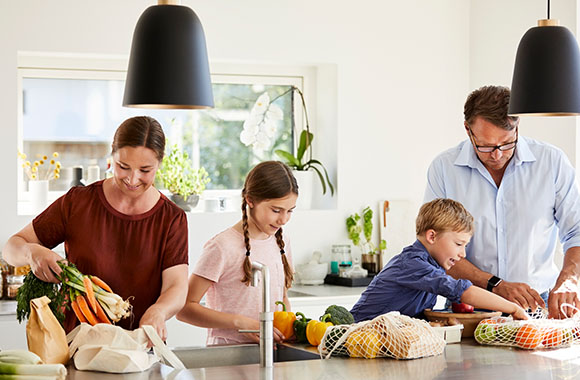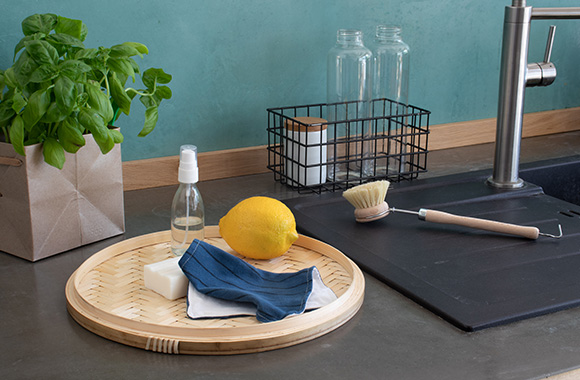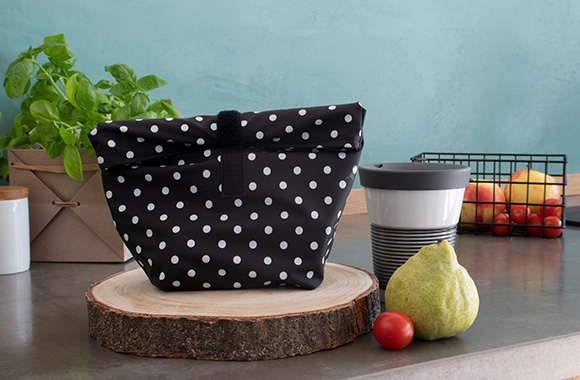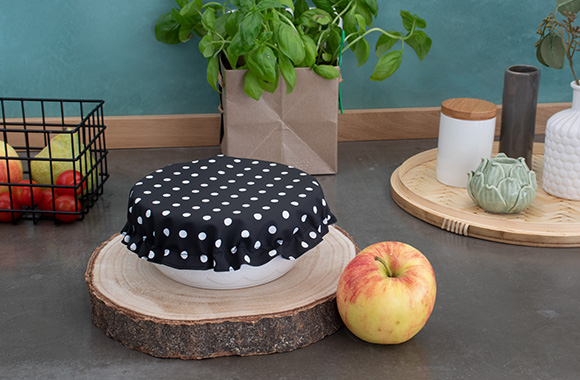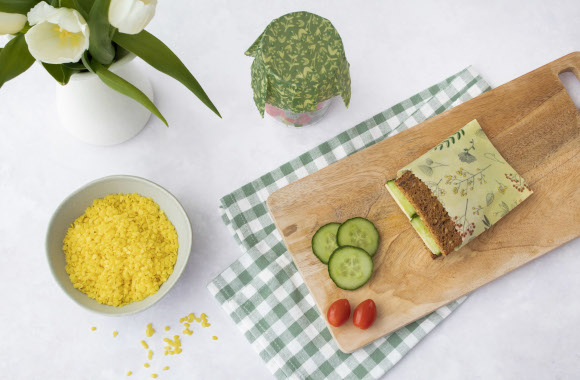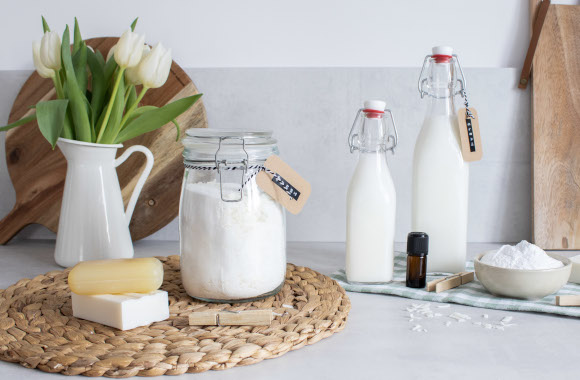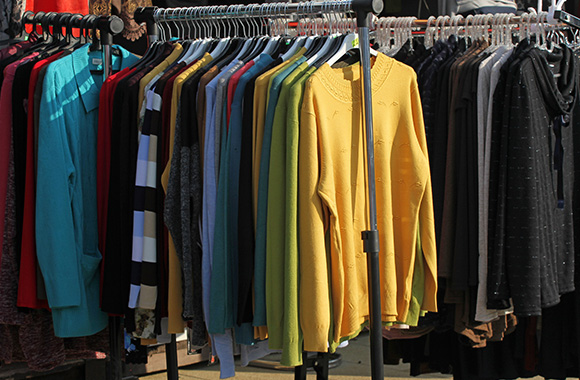Cradle-to-Cradle – producing without waste
Living sustainably plays an important part in protecting nature and conserving resources. In our throwaway society, too many products end up in landfills. This pollutes the environment and creates a need for more and more new resources to make new products. The idea of the Cradle-to-cradle principle (C2C) is to break this cycle and replace it with an environmentally friendly and sustainable alternative. We give you an overview of the “Cradle to Cradle” principle and show you how you can work towards a zero-waste lifestyle.
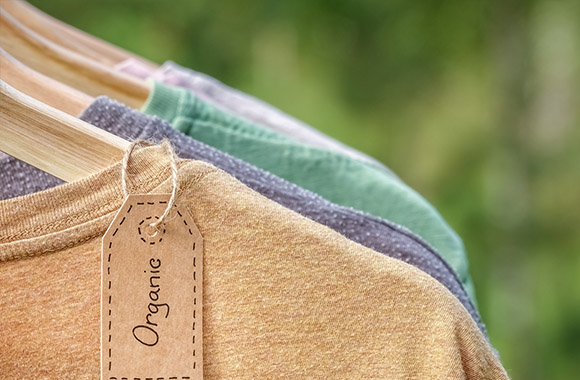
Contents
What is Cradle to Cradle? – Cradle to Grave vs. Cradle-to-Cradle
Many people want to be more environmentally friendly and produce less waste. Avoiding plastic waste and being more aware of sustainability when it comes to clothing are becoming more popular choices. However, although environmental awareness is increasing among the population, there are many areas in which we can improve. The best example of this is the life cycle of a product:
Most product life cycles match the cradle-to-grave principle. This means that a product is used and then disposed of when it is no longer needed. This creates a lot of waste, which significantly contributes to environmental pollution. To replace these discarded products, new materials must be mined and sourced. We need to use the earth’s resources in a more sustainable and sensible way because they are finite.
That is why the German chemist Michael Braungart and the US architect William McDonough created the Cradle-to-Cradle principle. It transforms the linear life-cycle of a product into a sustainable and endless cycle. The inspiration for this cycle is nature itself because trees and other plants shed their leaves, which serve as nutrients for other organisms. This system can be allied to our consumer goods, provided it is implemented consistently and from the outset. Ideally, the result is a circular economy without waste that helps to conserve the environment and the earth’s resources.
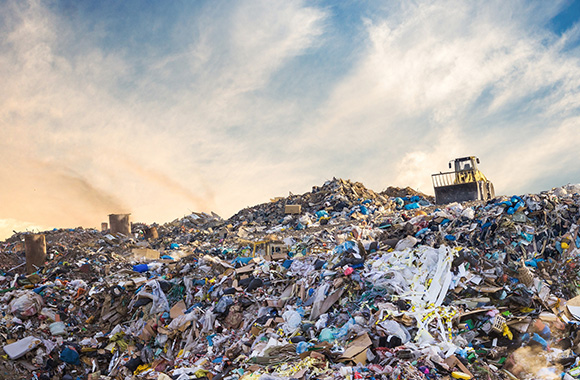
A sustainable cycle: How does the Cradle-to-Cradle principle work?
The most important feature of the Cradle-to-Cradle principle is the shape of a circle. The infinite circle symbolises that the products and their resources will always be reused. The C2C principle distinguishes between the biological and the technical cycle. In the following diagram, we show both cycles and explain their special features.
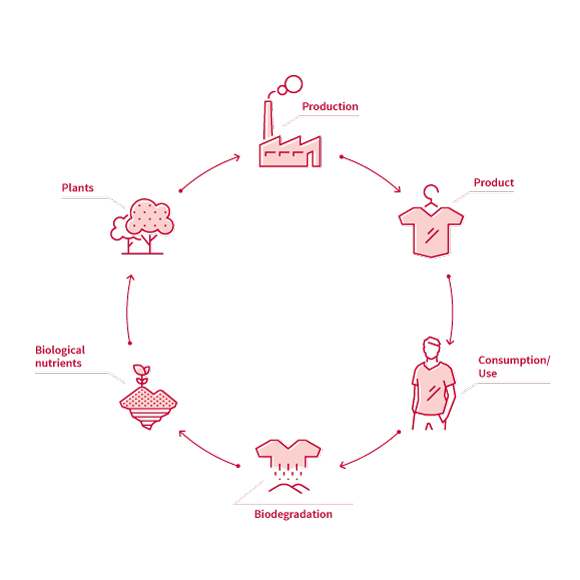
The ‘biological cycle’ for consumable goods
The biological cycle illustrates the life cycle of organic products. After consumption, they can be composted, which makes them consumable goods.
How does the cycle work?
Everyday products need to be designed before they are produced – such as a t-shirt. The planning of the design involves considering what will happen to the t-shirt when it is no longer needed. Production methods use environmentally friendly and energy-saving methods. The consumer can then buy this t-shirt in the shop, which has a high quality and is long-lasting. When the t-shirt has reached its life span, it will not be simply thrown away. Great care has been taken during production to ensure that the t-shirt is made of degradable, ecological and pollutant-free materials, so the consumer can compost it. The t-shirt decomposes into its natural components, which then become nutrients for trees and plants. These natural materials can then be reused to make a new t-shirt and this is how every product goes through a sustainable cycle.
The ‘technical cycle‘ for consumer goods
The technical cycle was developed for all consumer products that cannot be produced from biodegradable materials – such as electronics.
How do we produce consumer goods in an environmentally friendly way?
Just as in the biological cycle, the process begins with the development of the product. Consumer goods are designed in such a way that all the raw materials used can ideally be recovered without loss or damage. The consumer buys these high-quality and long-lasting products. When the product is no longer needed, it can be given to a return centre. It is dismantled and important components and materials are removed, which can then be used in a newly manufactured appliance. Rare materials can be reused time and time again.
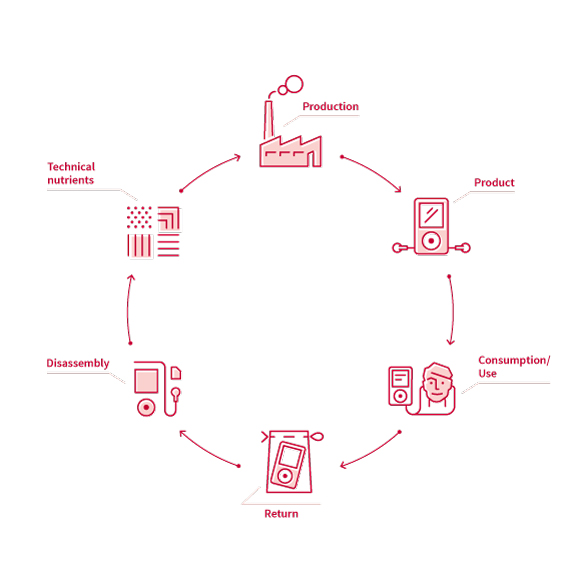
Prerequisites of Cradle-to-Cradle manufacturing
The design stage is crucial to enable the reuse of raw materials. The motto ‘Think ahead’ applies here. Below we have listed the criteria for a high-quality sustainable Cradle-to-Cradle product.
If the requirements are met during production, companies can obtain a Cradle to Cradle® certification. The Cradle-to-Cradle certification system uses the following scores: basic, bronze, silver, gold and platinum. They are used to score how many of the principles have been implemented.
If the requirements are met during production, companies can obtain a Cradle to Cradle® certification. The Cradle-to-Cradle certification system uses the following scores: basic, bronze, silver, gold and platinum. They are used to score how many of the principles have been implemented.
‘Waste is food‘ – reuse of all materials
The ability to recycle all of the components in a product is the most important characteristic of Cradle-to-Cradle products. For biodegradable products, this means complete composting. For example, the first step would be a t-shirt being developed so that it can be composted without any pollutants or problems.
Electronics must be able to be dismantled so they can be reused again. This means that the product must be designed with high-quality components, which can be used for several years and then dismantled again once the product has reached the end of its life.
Material health and ecologically safe ingredients
Only ecologically harmless ingredients ensure that a product is fully compostable and does not cause any damage to the environment after use or consumption.
When it comes to electronics, this means that the disassembly does not produce any toxic or environmentally harmful substances.
All compostable products made from organic materials should be grown according to the ecological standards. Clothes which use organic cotton are grown without pollutants or pesticides.
Use of renewable energies
The use of solar energy or other renewable forms of energy contributes significantly to the protection of the environment and its resources. The goal is a future in which all industrial processes are powered by 100% clean and renewable energy. It also assesses the extent to which CO2 emissions are offset for the manufacturing processes.
Using water in a sustainable manner
It takes around 2,700 litres of water to produce one cotton t-shirt – that’s enough water to fill around 16 bathtubs. It is particularly important to be aware of your water consumption so that you can use it more effectively and try to keep the consumption low.
Improving wastewater quality also plays a role in the assessment. This is especially true for production sites connected to polluted water bodies. The aim is for the quality of the wastewater to be better than before.
Promoting social justice and good working conditions
Businesses should design operations that take into account people and the environment in the production, use, disposal and reuse of products. Besides, social principles should be implemented, such as fair working conditions and improved living conditions for employees.
Ecological clothing: Cradle-to-cradle in the textile industry
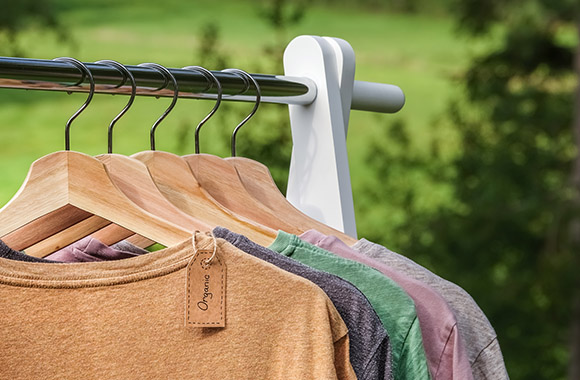
Due to the fast fashion culture, the average European consumes around 26kg of clothes per year. The demand for clothing in Europe means that the clothing and textiles industry are the 4th highest consumer of primary raw materials and water and 5th highest producer of greenhouse gas emissions. Many items of clothing are rarely used and only a few are kept for more than 3 years.
Swap meets or passing on clothes to friends and relatives are examples of good ways to avoid unnecessary waste. Another good idea is to hand in unwanted clothes to so-called sewing cafés, where upcycling makes good use of the fabrics. For example, an old pair of jeans can be given a new life as a handbag.
Another possibility is to pass on clothes by donating them. Aid organisations collect old clothes and give them to people in need or pass them on to textile recycling companies that reuse the textile fibres. You can find an introduction to some European organisations here. In addition, many retailers offer to recycle your used clothing and they even refund a small amount in return.
C&A runs a “We Take It Back” recycling programme, where we recycle your old clothes and shoes and in return you will receive a 15% off voucher for your next purchase.
C&A runs a “We Take It Back” recycling programme, where we recycle your old clothes and shoes and in return you will receive a 15% off voucher for your next purchase.
Recyclable or compostable clothing is also an effective way to avoid waste. The materials for the clothing must be based on natural and organic materials so that the materials can be composted later. Sustainable materials and natural resources are carefully and efficiently used. Examples of materials that can be made into compostable garments are cotton, hemp, and linen. Depending on the certification, these can simply be disposed of in the compost after use.
Not every garment that is organically produced is compostable! Check the labelling.
Not every garment that is organically produced is compostable! Check the labelling.
C&A Cradle-to-Cradle certification
C&A works closely with the inventor of Cradle-to-Cradle and has been rated Cradle-to-Cradle Certified™ with the score GOLD by the Cradle-to-Cradle Products Innovation Institute.
Cradle-to-Cradle Certified™ GOLD means that the product contains no harmful materials. It also has a complete nutrient management strategy and is completely recyclable. C&A for example does not use any polyester labels or nylon seams, instead both of these are made out of organic cotton.
A GOLD rated product also uses 50% renewable energy in the production process and 50% of emissions are offset locally. Also, the water quality has been optimised so that outgoing wastewater from the production sites does not contain any chemicals.
The final part of the assessment focuses on social responsibility. It is important to improve social standards. This can have positive influences on the production chain or the promotion of a social project that improves the living conditions of the employees and the communities.
C&A’s C2C-certified garments are available in a variety of cuts and different colours and are completely recyclable thanks to organic cotton and exclusively natural raw materials.
You can find more information about sustainable fashion C2C-certified garments from C&A here.
Conclusion
Cradle-to-Cradle is striving towards sustainability and complete recycling. Ideally, all materials used in a product can be recycled or composted at the end of its shelf life. The goal is a complete recycling economy to protect the environment and the earth's natural resources. It is also important to think sustainably and future-orientated.
Due to a growing environmental awareness in society and the economy, more and more companies are striving for C2C certification.
Further links about Cradle-to-Cradle can be found below:
References:
http://www.braungart.com/
(Accessed on 04.04.2022)
http://www.c2ccertified.org/
(Accessed on 04.03.2021)
https://c2c-lab.org/c2cngo/
(Accessed on 04.04.2022)
https://www.eea.europa.eu/
(Accessed on 04.04.2022)
https://epea.com/
(Accessed on 04.04.2022)
http://www.mcdonough.com/
(Accessed on 04.04.2022)
Image sources:
iStock.com/KatarzynaBialasiewicz
iStock.com/Björn Forenius
iStock.com/vchal
iStock.com/Björn Forenius


